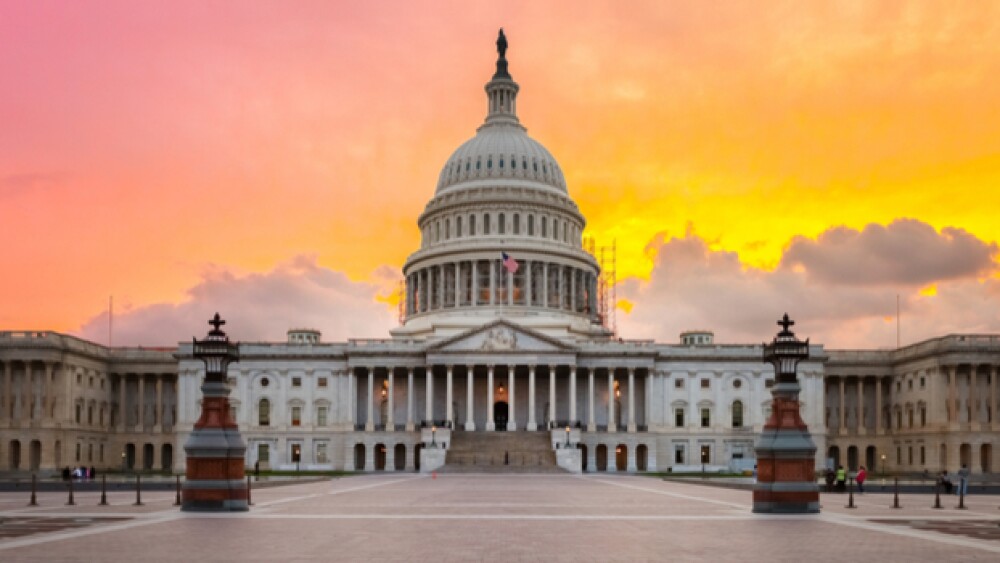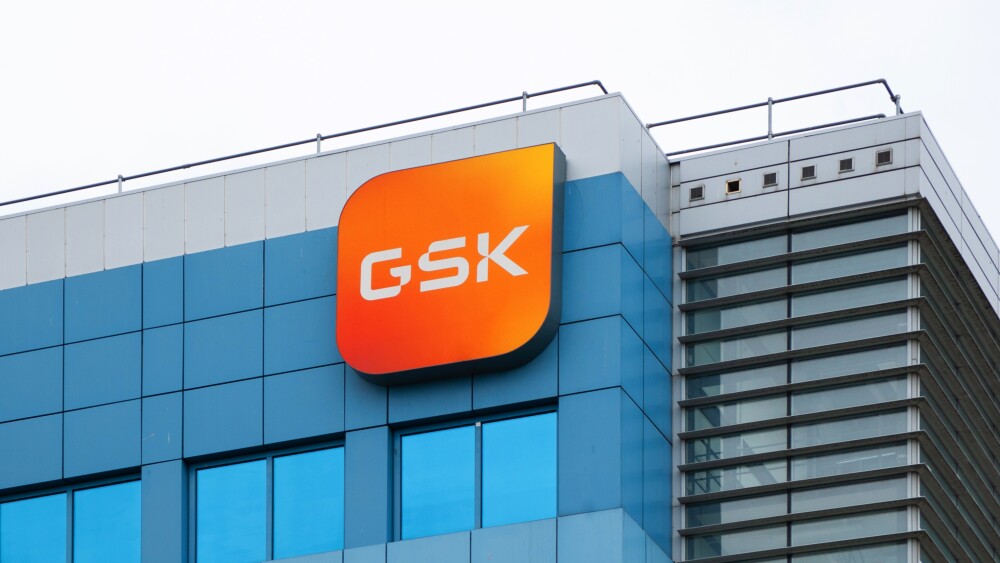There’s no doubt that drug prices, particularly sky-high prices for new biologics and companies jacking up the prices of older drugs, is a problem. And it’s definitely a political issue, especially now that candidates are declaring their plans to run for president in 2020.
There’s no doubt that drug prices, particularly sky-high prices for new biologics and companies jacking up the prices of older drugs, is a problem. And it’s definitely a political issue, especially now that candidates are declaring their plans to run for president in 2020.
The 116th Congress recently opened hearings on drug prices, and one of the topics raised, primarily by lighting-rod Rep. Alexandra Ocasio-Cortez (D-NY), has dug up an old topic. Should the National Institutes of Health (NIH) get a piece of drug profits when their funding was involved at some point?
In questioning Aaron Kesselheim of Harvard, Ocasio-Cortez asked, “Would it be correct, Dr. Kesselheim, to characterize the NIH money that is being used in development and research as an early investment? So the public is acting as an early investor in the production of these drugs. Is the public receiving any sort of direct return on that investment from the highly profitable drugs that are developed from that research?”
Objection! Leading the witness, Your Honor!
But it wasn’t a court, it was a hearing. Kesselheim responded, “No, in most cases there is—when those products are eventually handed off to a for-profit company, there aren’t licensing deals that bring money back into the coffers of the NIH. That usually doesn’t happen.”
Ocaso-Cortez than said that the public was acting as an early investor, but receiving no return on investment.
Forbes notes that this isn’t exactly a new argument on the part of politicians. In 2013, Sen. Ron Wyden (D-OR), sent an open letter to Francis Collins, director of the NIH, urging the NIH to examine its policies in this area. It’s also a topic that’s been addressed for the last 80 years or so in terms of government defense spending.
On the one hand, with pharmaceutical companies raking in billions of dollars on drugs, it’s understandable why politicians and the public might think this is a reasonable thing to look into. On the other hand, how much of an investment is the NIH actually making and how much of it directly leads to the development of a marketable drug and how do you quantify that?
In response to the hearings and Ocasio-Cortez’s questioning, Derek Lowe, who writes the “In the Pipeline” blog for Science Translational Medicine, wrote, “So we’re going to do this again….And I have written many times about the persistent idea that pretty much all drugs are discovered either at the NIH or with NIH funds, whereupon Big Pharma comes in, scoops them up for beads and trinkets, comes up with a catchy name and goes off to reap the big tall stacks of cash….It’s wrong.”
Lowe provides numerous articles on why it’s wrong, but he also writes, “Identifying an interesting protein or cellular pathway, which is what academia does very well, is not inventing a drug. And even on those occasions when an academic lab has identified new chemical matter, a hit in your screening assay is not a drug, either.”
He also points out that “the impression from that clip (of the Ocasio-Cortez and Kesselheim exchange) above is that the NIH hardly ever realizes any revenue from licensing its own discoveries. But that’s wrong, too. The agency has not been very forthcoming about the terms of those licenses and how they’re awarded, but one of their own administrators has pointed out, and he’s absolutely right, that ‘Because many, if not most of the technologies developed at the NIH and FDA, are early stage biomedical technologies, the time and development risks to develop a commercial product are high.’”
And, in fact, in 1986, Congress passed the Federal Technology Transfer Act (FTTA). This act lets government labs, such as the NIH, to enter into Cooperative Rearch and Development Agreements (CRADAs) with biopharmaceutical companies. This allows NIH researchers to conduct collaboration with drug companies.
Forbes writes, “Unfortunately, the collaborations that were expected to boom once the FTTA was passed never materialized. That’s because the NIH policy was that the price of any resulting product would have to reflect the taxpayers’ investment. In effect, the government would have the right to control the price of any drug that came out of such a collaboration. Naturally, industry avoided such collaborations like the plague.”
In 1995, Harold Varmus, then NIH director, ended the policy. And NIH-industry collaborations took off. But is it really a question of government spending? It’s not like government investment in other technologies hasn’t led to major technological development. Numerous basic R&D projects or even practical research by NASA has led to significant advances for cellular telephones, touch screens, lithium batteries and other technologies. But, as Forbes writes, “we wouldn’t dream to ask Apple to give the American people discounts on their iPhone purchases so ‘the American people can get a return on their investment.’ One might argue that the actual return on investment is the enormous tax bill that Apple pays every year along with the 80,000 people Apple employs in the U.S.”
One example that seems to counter Ocasio-Cortez and other politician’s arguments in this regard is Pfizer drug Xeljanz. The drug for arthritis inspired by a 1993 conversation between Pfizer scientist Paul Changelian and NIH researcher John O’Shea. Changelian told O’Shea he was looking for new drug targets that could suppress the immune system. O’Shea said his lab had recently discovered an enzyme that played a role in immune function. That enzyme is part of the Janus family of kinases known as JAK.
Changelian had concerns about the safety of JAK inhibitors but was able to launch a discovery program to find a safe and effective JAK inhibitor and test it in patients. The NIH and Pfizer signed the CRADAs necessary and began work. Seven years later, in 2000, a JAK inhibitor, CP-690,550 (tofacitinib) was chosen for clinical development. But before that, it was studied at Stanford University in monkeys.
Forbes compared this to the “equivalent of running the first mile of a 26.2-mile marathon. You still have 25.2 miles to go and each mile gets more difficult as you progress.”
In the case of Pfizer and Xeljanz, “After 19 years of hard work by hundreds of scientists and a Pfizer investment of well over a billion dollars, Xeljanz was available to rheumatoid arthritis patients,” Forbes writes.
Drug pricing is a problem. It is also an extremely difficult subject that isn’t adequately addressed in sound-bites or social media posts. That’s much like using a chain saw for brain surgery.
Or as Lowe wrote in his blog letter to Rep. Ocasio-Cortez, “It is absolutely your job to participate in hearings like the above, to question those appearing at them, and to look into such issues. But it’s also your job to know as much about these issues as you can…. Unless you, like many of your colleagues on both sides of the aisle, are mostly interested in generating zippy sound bites and looking dynamic for the next round of fund-raising and the next election.”





